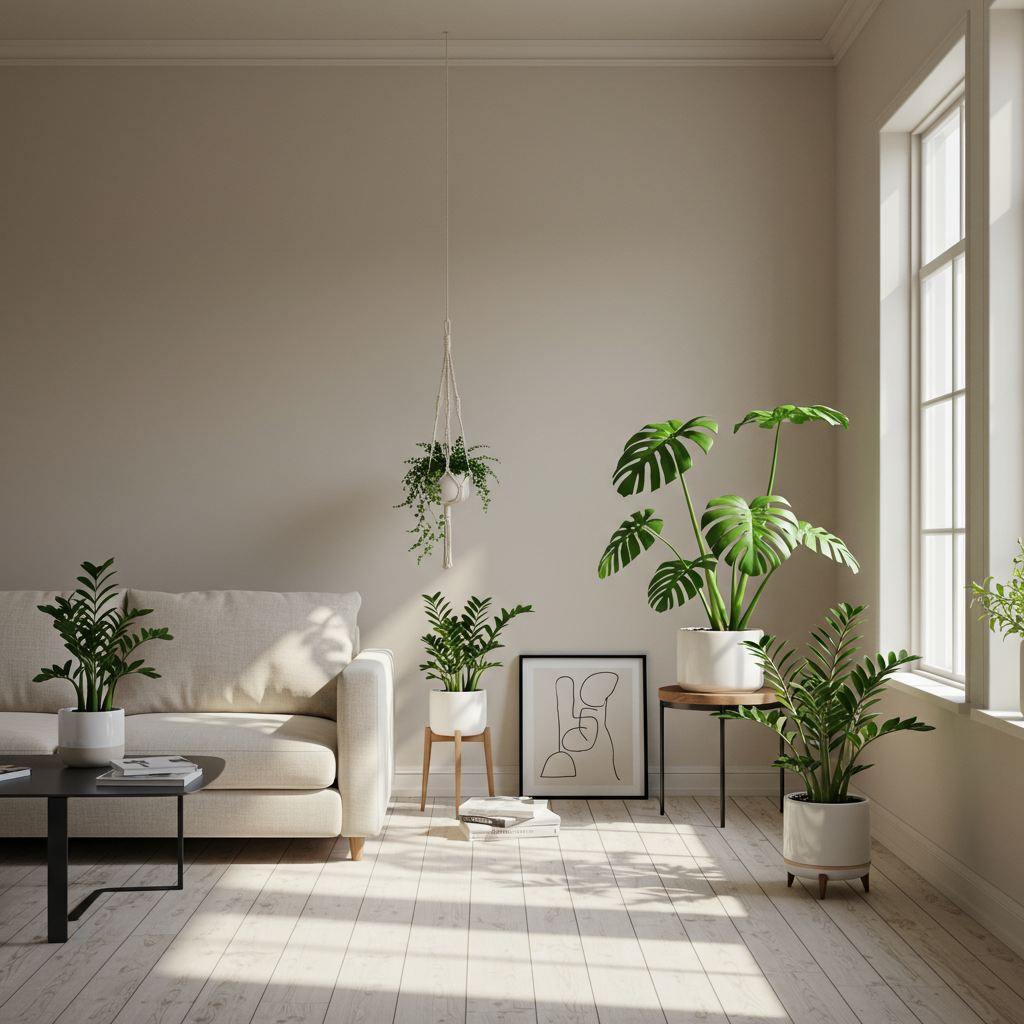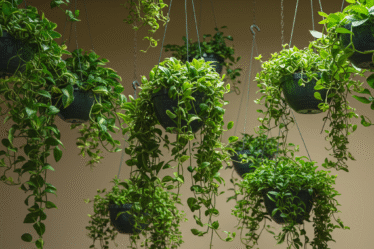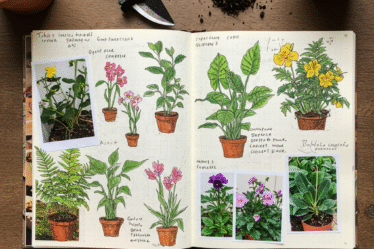
Minimalist greens are having a moment. The clean lines and uncluttered aesthetic of modern homes provide the perfect backdrop for showcasing the vibrant life and texture of houseplants. But how do you incorporate greenery without sacrificing that carefully curated minimalist vibe? This article explores the art of styling houseplants for a clean and modern home aesthetic, offering practical tips and inspiration to transform your space into a tranquil, green oasis.
One of the keys to minimalist plant styling is choosing the right plants. Consider architectural varieties with strong, simple forms like snake plants (Sansevieria), ZZ plants (Zamioculcas zamiifolia), or fiddle leaf figs (Ficus lyrata). Their bold silhouettes create visual interest without overwhelming the space. Avoid overly fussy or cascading plants that can appear cluttered in a minimalist setting.
Pot selection is equally crucial. Opt for simple, neutral-colored pots in materials like concrete, ceramic, or terracotta. A uniform color palette for your pots creates a sense of cohesion and calm. Remember, the pot should complement the plant, not compete with it. A sleek, cylindrical pot perfectly offsets the spiky drama of a snake plant, while a rounded, textured pot softens the broad leaves of a fiddle leaf fig. I personally find that larger plants benefit from heavier pots to maintain balance and prevent tipping.
Placement is another important consideration. Strategically positioning plants can dramatically enhance the flow and feel of a room. A tall, slender plant in a corner can draw the eye upward and create a sense of height, while a grouping of smaller plants on a shelf or windowsill adds a touch of life without cluttering surfaces. Avoid overcrowding. Negative space is just as important as the plants themselves in a minimalist design.
Finally, don’t be afraid to experiment with different heights and textures. A mix of tall, upright plants and lower, spreading varieties creates visual interest and depth. Incorporating a variety of leaf shapes and sizes adds another layer of texture and dimension. Consider using a plant stand to elevate smaller plants and create visual hierarchy. A well-placed stand can transform a simple plant into a sculptural element.
Creating a minimalist green space isn’t about filling every corner with plants. It’s about carefully selecting and styling a few key pieces to enhance your existing décor. By focusing on simple forms, neutral colors, and strategic placement, you can seamlessly integrate the beauty of nature into your modern home, creating a space that is both stylish and serene.



